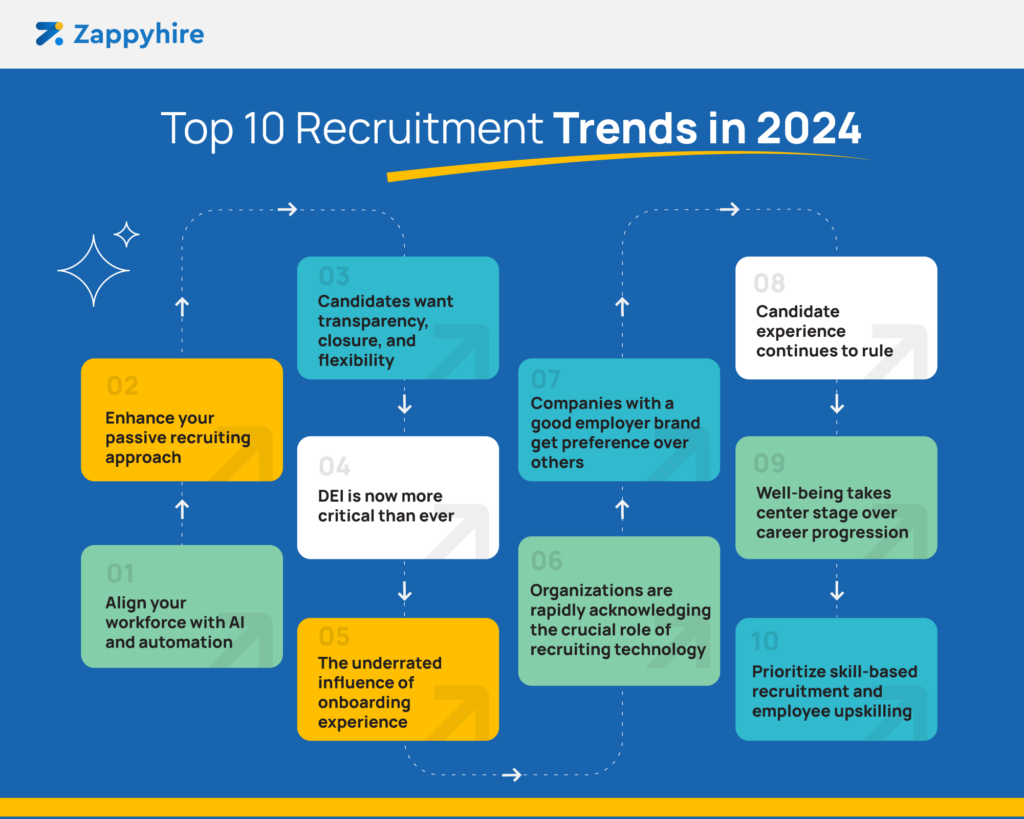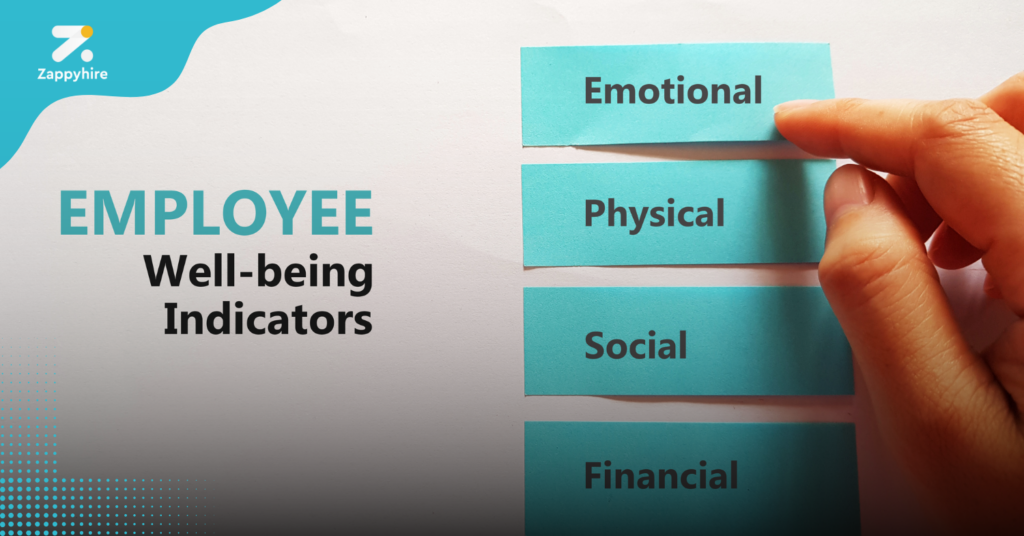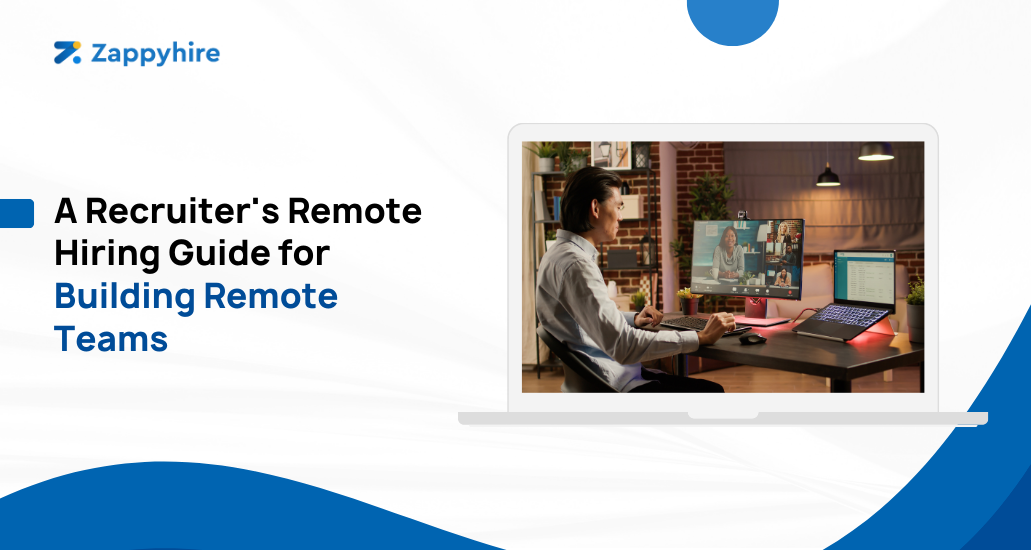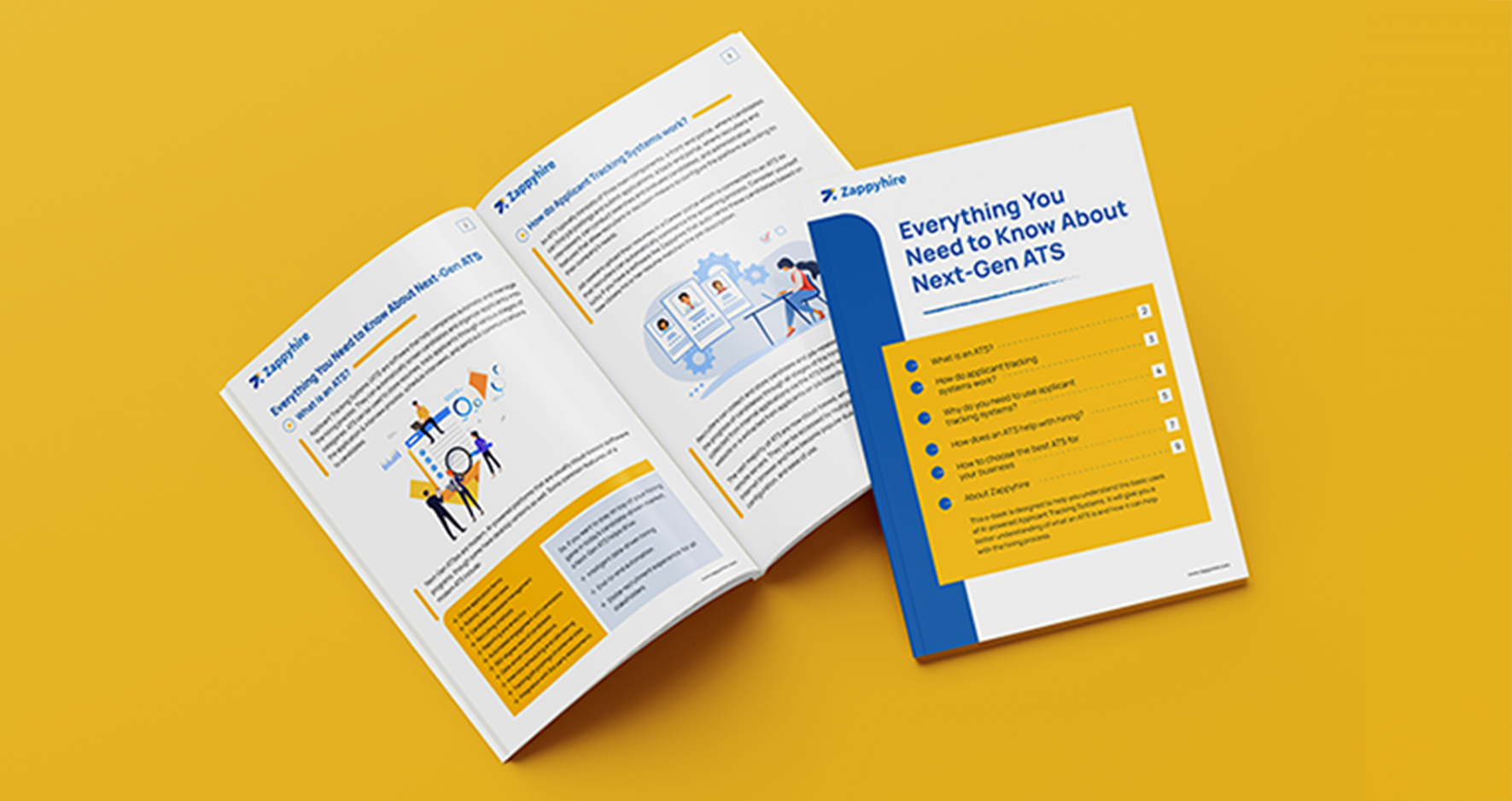
As we stride into 2024, the recruitment field is just bursting with innovation, new challenges and market shifts!
No longer a straightforward transaction, recruitment now unfolds as a dynamic narrative, where technology, strategy, and the human touch harmonize.
At the forefront of this evolution is the pervasive influence of artificial intelligence and recruitment automation tools that assist recruiters in identifying, engaging, and securing top talent.
Yet, in the midst of technological strides, the essence of the human connection remains as important as ever.
Candidates are no longer passive participants but active contributors, and their experiences – from initial interaction to onboarding – is a narrative that recruiters must skillfully craft.
As seasoned recruiters prepare to navigate the challenges and seize the opportunities that 2024 brings, this blog is here to take you through uncharted territories.
Evolution is inevitable, especially in the role of recruiters, so let’s keep up with the changes in the coming year where innovation intersects with tradition.
Top 10 Recruitment Trends in 2024
From the spotlight on skill-based hiring to the increasing significance of well-being over traditional career progression, each trend reflects the evolving priorities in talent acquisition.
Here are the top recruitment trends you need to keep an eye on.

- Align your workforce with AI and automation
- In 2024, global employment faces a huge shift, with 38% of jobs expected to succumb to AI and automation by 2025.
- Employee concerns mirror this change, as 34% anticipate job displacement within three years due to the skills gap.
- Despite challenges, companies are embracing this shift, with 85 million businesses anticipating full AI and robotics integration within five years.
- Enhance your passive recruiting approach
- Did you know? 70% of the workforce is passive talent, not actively job hunting. The game-changer? Direct outreach.
- 94% of passive candidates are inclined to say ‘yes’ when approached by their potential manager.
- But there’s more – you can expand your talent pool by 10X using existing employees’ networks.
Beyond LinkedIn, the real art is in forming meaningful connections through social media recruiting. The takeaway is – be the strategic partner, not just an executor.
- Candidates want transparency, closure, and flexibility
Give them that, and watch your recruitment game skyrocket!
Case in point, the power trio of pay transparency, post-recruitment feedback, and remote/hybrid work is on the up and up in the current candidate-driven job market.
- Pay transparency isn’t just about honesty – it’s a talent magnet. 70% of organizations being upfront about pay see a boom in applications, and 66% say it attracts top-tier talent.
- 78% of candidates crave for feedback post-hiring, and a little insight increases their likelihood of reapplying by four times! Only 25% of employers actively seek this goldmine of feedback.
- And remote work? It’s not just a perk since 80% of employers regret rigid return-to-office decisions, while 90% of remote-capable employees crave hybrid work.
- DEI is now more critical than ever
- A resounding 83% of workers consider a company’s commitment to diversity, equity and inclusion crucial in their employment decisions.
- The impact is tangible, with companies boasting highly diverse executive teams experiencing a remarkable 33% increase in the likelihood of outperforming their peers.
- For younger generations, Gen Z and Millennials, DEI goes beyond traditional demographics. They seek workplaces that authentically support equity and acceptance beyond mere token programs.
This shift in perspective highlights the evolving understanding of diversity in today’s multigenerational workforce.
- The underrated influence of onboarding experience
- A successful onboarding strategy can potentially increase recruit retention by 82%. This shows that onboarding isn’t just a procedural entry into the workforce – it has a profound impact on the fabric of the company.
- 53% of HR professionals affirm that a well-structured onboarding process significantly amplifies employee engagement.
- Effective onboarding doesn’t just welcome new hires – it catapults their productivity, yielding a monumental 70% boost in performance.
Yet, amidst these success stories, a glaring gap exists. To find out more, download the eBook below!

So, It’s not merely about integration and showing the ropes, but about forging lasting bonds between new hires and their workplaces.
- Organizations are rapidly acknowledging the crucial role of recruiting technology

- Recruitment software is already widely adopted, with 94% of organizations utilizing it to enhance their processes.
- According to recruiters, investing in better tools and technology is the top performance booster, with a 4X reduction in time-to-hire observed through recruiting automation.
The influx of AI-powered recruitment automation, coupled with the entry of the Gen Z workforce, signifies a significant shift in the hiring landscape.
Gen Z’s expectation for tech-driven processes and virtual engagement challenges traditional recruitment methods, making recruitment automation a necessity.
Automation starts at hiring’s initial stages with streamlining sourcing and screening and ends with offer letter generation and post-offer engagement.
- Companies with a good employer brand get preference over others
- A well-crafted employer brand significantly influences recruitment, with 69% of candidates more likely to apply to companies that actively engage in employer branding activities.
- Economically, strong employer brands lead to a 43% decrease in cost per hire and a 28% reduction in employee turnover.
- Negative online reviews impact job seekers, with 55% abandoning applications after encountering adverse feedback, highlighting the role of online reputation management.
Trust in employer brands is shaped by employee testimonials, emphasizing the need for a satisfied workforce as authentic brand ambassadors.
- Candidate experience continues to rule
In the current candidate-driven job market, where recruiters and employers acknowledge the power shift, companies face challenges in finding skilled talent.
- The smoothness of an interview process can sway a candidate’s decision by 72%, while 77% of workers emphasize a company’s values and purpose while choosing their employer.
- Negative candidate experiences have far-reaching consequences, as 77% of candidates share their negative experiences in online forums and their professional network and 50% may avoid future interactions with the company altogether.
- On the other hand, positive experiences can lead to further engagement for 65% of candidates.
- Well-being takes centre stage over career progression

- It’s no surprise that the challenges to employee well-being are substantial, with 80% citing a heavy workload, stress, and long hours as hindrances.
- This hugely impacts employees, as 74% find, work-life balance, physical and mental well-being more important than career advancement.
- Only 63% rated their physical well-being positively, and even lower ratings for mental (58%), social (45%), and financial (35%) well-being. Over half of workers frequently battle exhaustion, and 74% struggle to disconnect from work.
- The repercussions are significant, as 75% of top executives, managers, and employees contemplate leaving for environments prioritizing well-being.
Employees overwhelmingly believe managers should take responsibility, but barriers hinder their support.
- Prioritize skill-based recruitment and employee upskilling

The increasing adoption of technology forecasts that 50% of employees will need reskilling by 2025.
- Business leaders now expect all employees to acquire new skills on the job, with over 97 million potential jobs emerging in response to the evolving division of labor between humans, machines, and algorithms.
- Financially secure individuals are more likely to actively seek new skill development opportunities (62% vs. 50%) and exhibit optimism towards AI’s impact.
- Skilled workers anticipate changes in job requirements with confidence in employer support for developing necessary skills. However, those outside specialized roles express less confidence in employer-backed skill development.
- Confidence in employer-backed skill development falls below 50% for individuals outside specialized roles.
This divide in skills and financial security presents a crucial challenge. Addressing this divide is not only essential for businesses but also a societal necessity to ensure equitable opportunities for all workers.
It’s easy to fall behind in the fast-changing field
The top 10 recruitment trends outlined here provide insights for adapting to the changing needs of the industry.
Embracing these trends, from AI-driven automation to skills-based hiring, not only ensures staying relevant but also contributes to building a resilient and future-ready workforce.
For a comprehensive exploration of these trends, download the ebook that served as the foundation for this piece.




